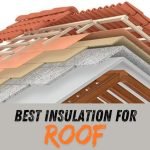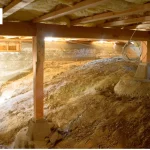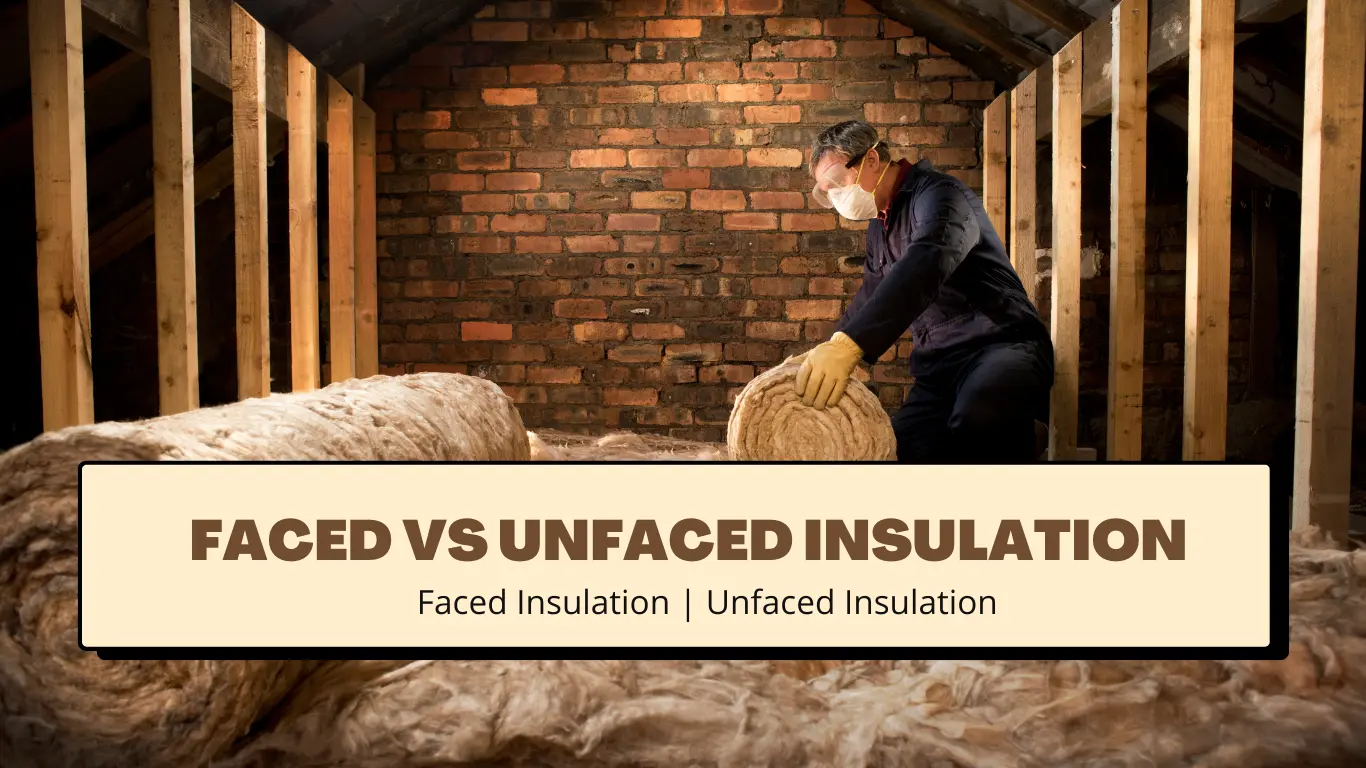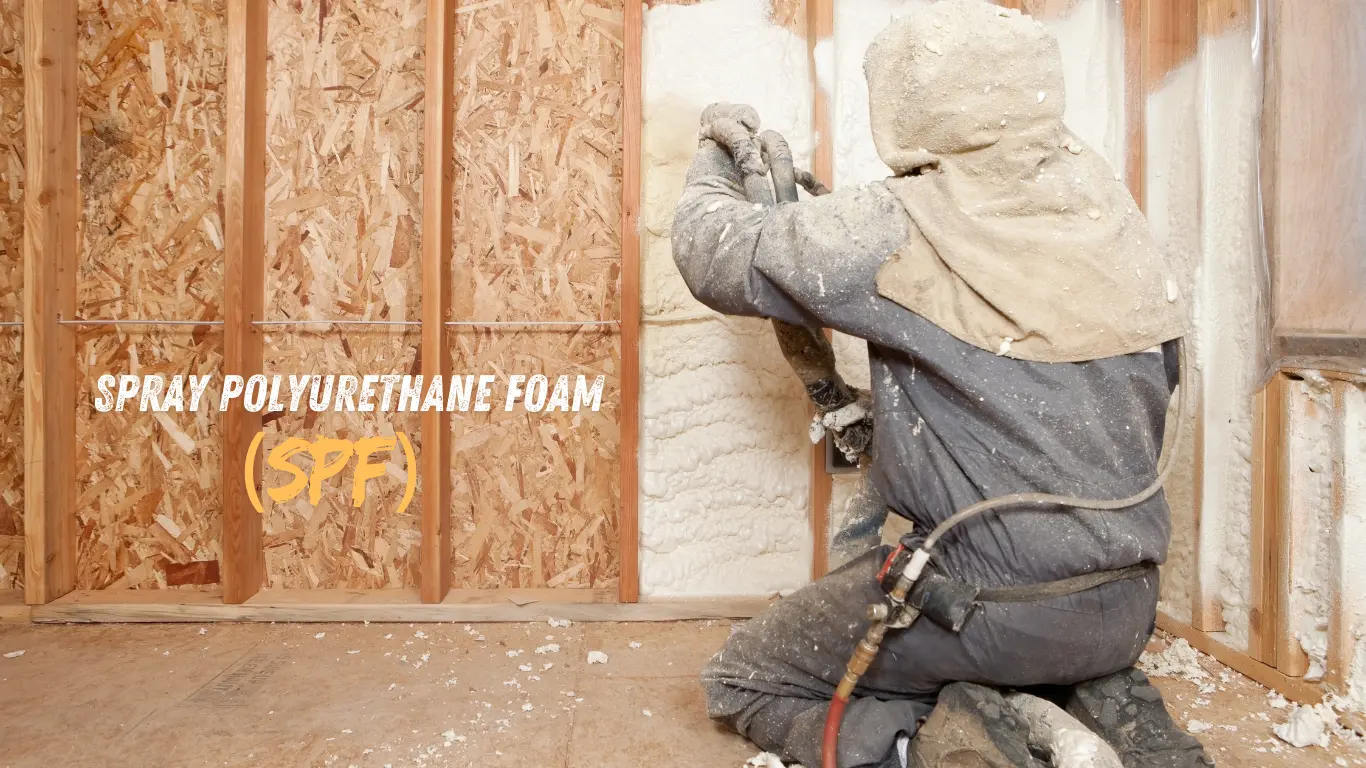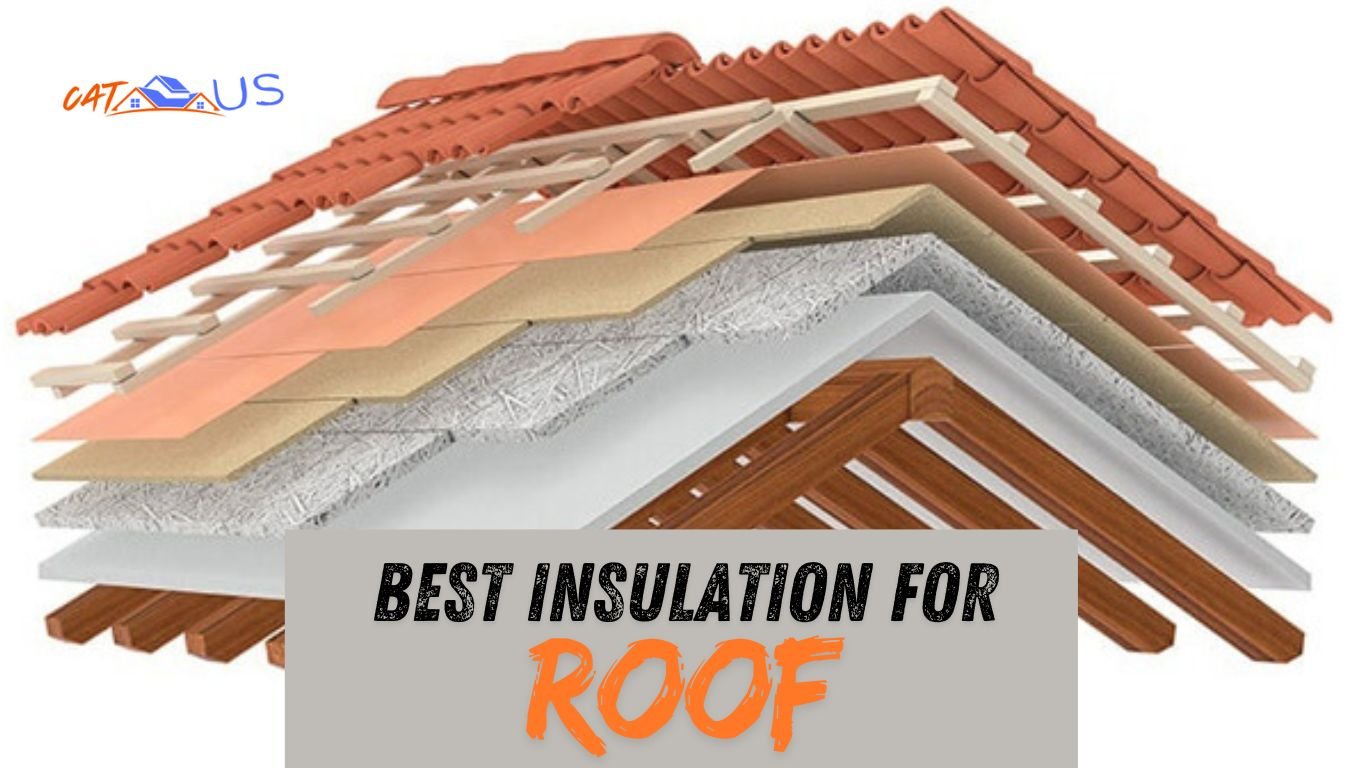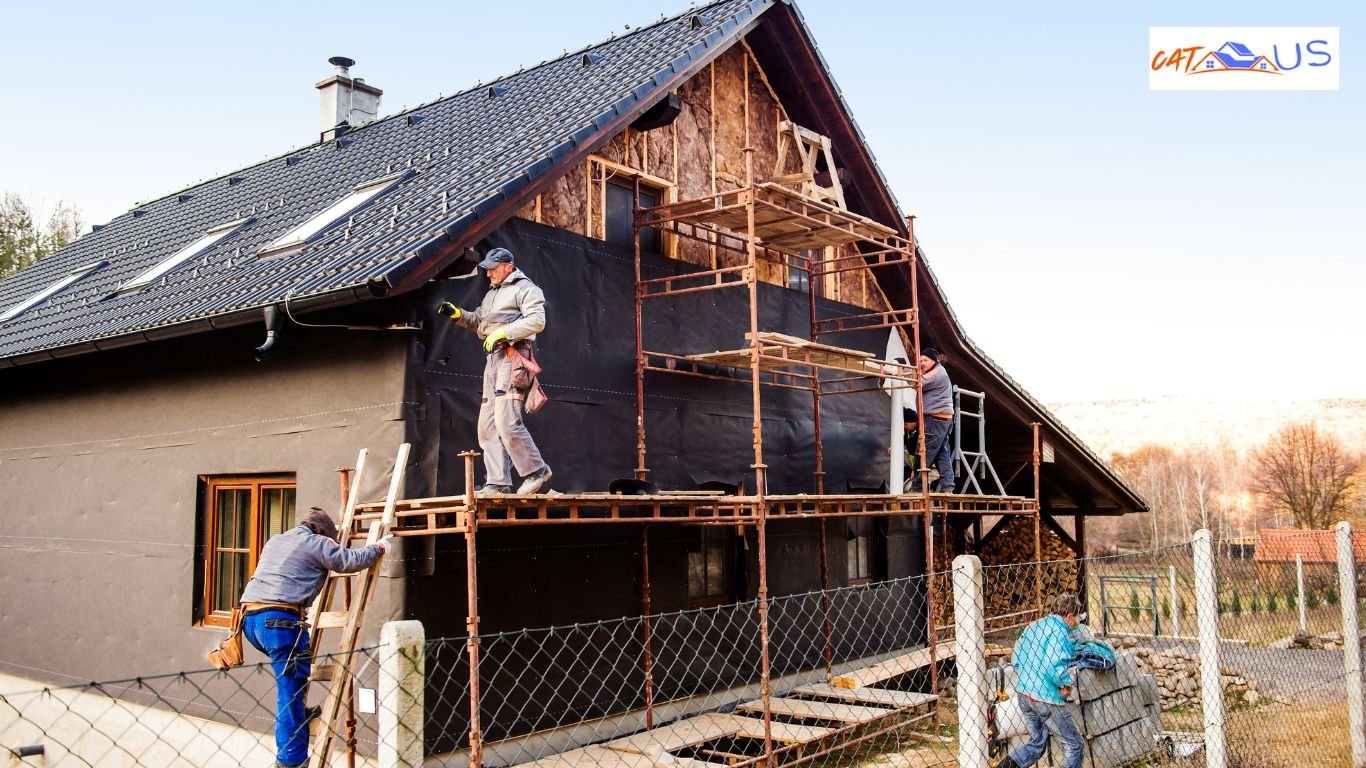When it comes to crawl spaces, finding the right insulation is essential. Many homes in Chicago, including areas like Naperville, either have no insulation or ineffective materials that fail to meet the needs of these spaces.
From my own experience, I’ve seen that choosing the best option, like spray foam, makes a huge difference. This method improves air quality and boosts energy efficiency by sealing gaps effectively.
Encapsulating the crawl space also helps to create a stable environment, protecting your home from moisture and improving overall comfort. Companies like CATUS, which have insulated hundreds of crawl spaces, offer solutions tailored to make your home better.
If you want your insulation to work well the first time, it’s important to know what materials suit your space. From insulating jobs to tackling unique challenges, professionals understand what your crawl space needs to perform at its best.
Whether it’s sealing with spray foam or addressing the challenges specific to homes in this region, every detail matters. Investing in proper insulation ensures you save energy, lower costs, and maintain a comfortable home for years to come.
Best Insulation for Crawl Spaces
Choosing the right insulation for crawl spaces requires knowing what works and what doesn’t. By the end of this article, you’ll understand which insulation is considered the bad or the best for your space. Not all materials are created equal, and making an informed choice can save you time, energy, and money in the long run.
Some materials may seem effective but fail to perform well in crawl spaces, making them a bad choice. Others might be better, providing decent results but still leaving room for improvement. However, the best materials, like spray foam or encapsulation methods, stand out for their energy efficiency, durability, and ability to maintain air quality.
Spray Foam: The Best Option For Crawl Spaces
When it comes to choosing the best insulation for crawl spaces, spray foam stands out as the top choice. Unlike fiberglass batt or foam board, closed cell spray foam offers unmatched performance.
In my experience insulating a home in Illinois, I found that applying this rigid insulation to the walls, rim joists, and even the ceiling of the crawl space not only repels water but also proves highly resistant to biological growth.
Its ability to expand up to 100 times its original size ensures it can perfectly fill every nook and cranny, creating an air barrier that effectively seals the space and stops air movement. While it may seem expensive at first glance when comparing the price per foot, the quantities required are significantly lower, especially when installed strategically in joist boxes.
This type of encapsulation also eliminates the shortcomings of fiberglass and foam board, offering a solution that outperforms these materials in water-blown durability. Made from organic chemical compounds derived from petroleum extracts, it’s no wonder most experts recommend it for homes facing water issues or potential damp environments.
Why We Prefer Closed Cell Spray Foam as an Ideal Choice
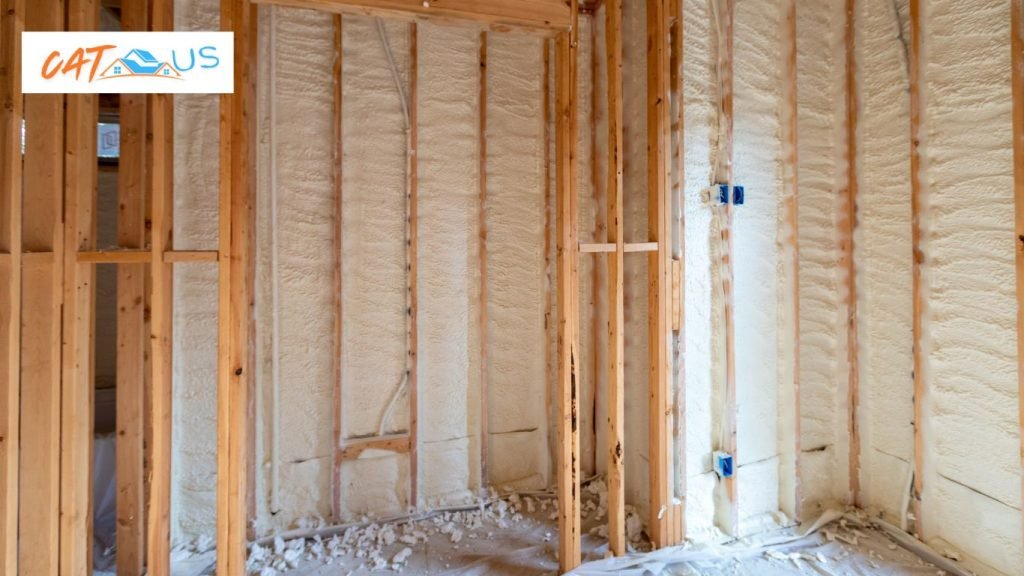
1. Versatile Application
It can be sprayed directly onto walls, rim joists, or even ceilings, seamlessly creating an airtight seal. Whether your home faces standing water issues or uneven masonry, this insulation adheres to any substrate, sealing imperfections with ease.
2. Performance in Challenging Areas
I’ve worked on crawl space encapsulation in challenging areas, where this method consistently outperforms alternatives, solving the shortcomings of rigid boards by molding around even the most bumpy contours.
3. Seamless and Airtight Coverage
The true strength of closed cell spray foam lies in its versatility. While foam board requires additional caulking and cannot wrap around floor joists, closed cell naturally envelops every surface, preventing air leaks and ensuring complete coverage.
4. Long-Term Benefits
For homeowners looking for a significant step up in efficiency and durability, closed cell spray foam remains the most commonly used solution. It not only beats traditional methods but also protects against future issues, making it a smart, long-term investment.
Why Do We Discourage Fiberglass Insulation?

Fiberglass insulation has been a traditional material in older homes, commonly used in walls, attics, and crawl spaces. Made from plastic reinforced with fine glass fibers, it offers some strength and improves insulation capacity, but its performance falters in the damp and musty environment of a crawl space.
In my experience, builders often use batts or rolls to insulate floor joists, but when moisture seeps in, it wreaks havoc. Damp insulation can lead to rotting wooden subfloors, sagging floors, and even attract insects like termites, which act like demolition experts.
Mold, bacteria, and viruses thrive in these conditions, further degrading the flooring components and creating an unhealthy living space.
Here are some reasons why Fiberglass Insulation Falls Short in Crawl Spaces:
1. Absorbs Vapor and Humidity
Fiberglass insulation tends to absorb vapor and humidity, which increases its weight. Over time, this causes the insulation to fall from ceiling cavities, leaving joists exposed to outside air and reducing its effectiveness.
2. Falls to the Dirt
As fiberglass becomes heavier, it often pulls away from its fasteners, resulting in batting insulation lying in dirt. This not only renders the insulation ineffective but also exposes the crawl space structure to further damage.
3. Fails to Prevent Air Passage
Even when fiberglass insulation stays in place, it does not block air passage between the crawl space and the living area. This allows unclean air to exchange with conditioned air, impacting indoor air quality.
4. Attracts Pests
The nesting nature of fiberglass insulation makes it an inviting home for pests such as spiders and mice. These critters often turn the insulation into a permanent home, adding another layer of problems for homeowners.
5. Minimal Performance and Unreliable Results
Due to its inability to handle humidity, its susceptibility to falling, and its failure to maintain air barriers, fiberglass insulation offers minimal performance and highly unreliable results in crawl spaces.
The Bottom Line About Insulating Your Crawl Space
CATUS highlights foam insulation as the best option for crawl spaces because it forms an effective air barrier. From my experience, closed cell spray foam not only improves air quality in the home but also lowers energy bills by sealing the space effectively.
Unlike fiberglass batt, which lacks a seamless vapor barrier, foam provides durable performance. Whether you’re looking to insulate the floor or fully encapsulate the space, foam solutions like spray foam or foam board deliver exceptional results.
If you’re in Chicago, you can call 818-758-4076 or fill out the form on our website for a free estimate to take this excellent step toward a more comfortable home—and maybe retire those extra pairs of socks for good!



